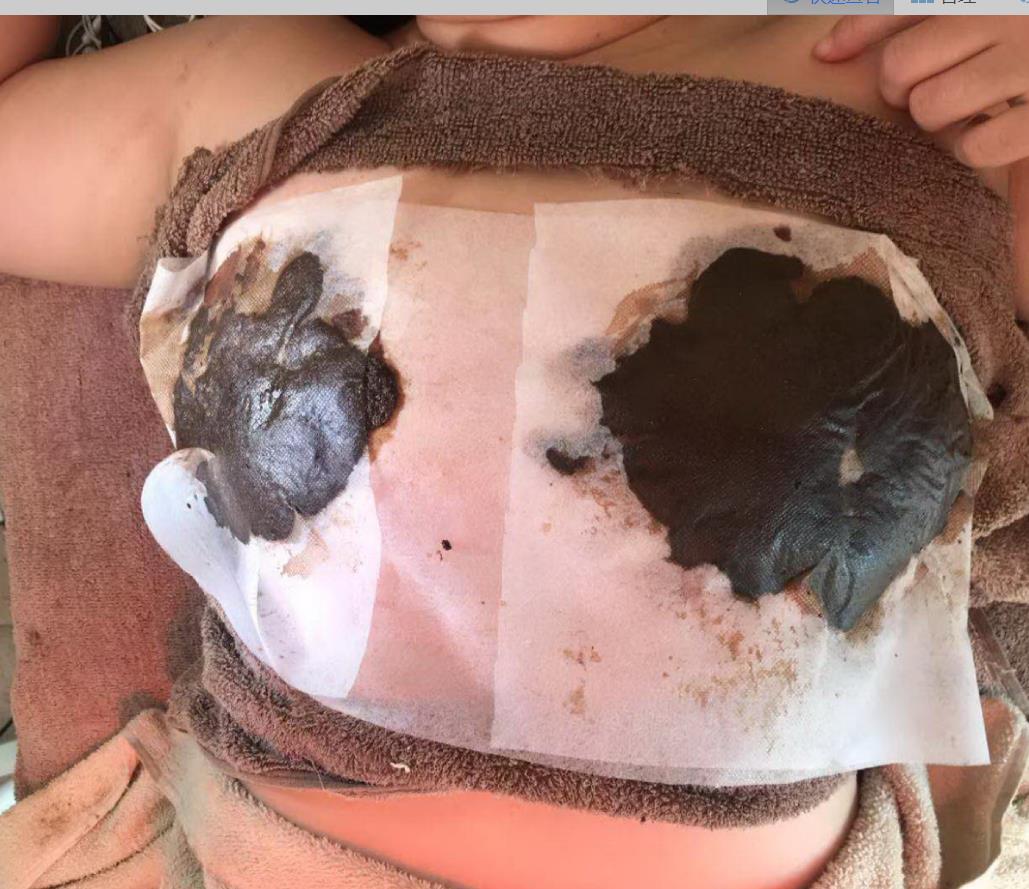Treatment of breast cancer with Traditional Chinese Medicine
Release time : 2020-09-21 16:10The publisher : Tiandao TCM
The cause of breast cancer has not been fully understood, the study found that breast cancer has a certain regularity, breast cancer risk factors in women are prone to breast cancer. The so-called high risk factor refers to the various risk

The cause of breast cancer has not been fully understood, the study found that breast cancer has a certain regularity, breast cancer risk factors in women are prone to breast cancer. The so-called high risk factor refers to the various risk factors related to the onset of breast cancer, and the risk factors that most breast cancer patients have are called high risk factors of breast cancer. The incidence of breast cancer in women aged 0 to 24 was lower, rising gradually after the age of 25, peaking at the age of 50 to 54 and declining after the age of 55, according to the annual report on cancer registration in China. Family history of breast cancer is a risk factor for breast cancer. Family history refers to the presence of breast cancer in first-degree relatives (mothers, daughters, sisters). In recent years, breast gland density has also become a risk factor for breast cancer. Risk factors for breast cancer include early menarche (<12 years of age), late menopause (>55 years of age); unmarried, unfertile, late childbearing, unlactating; failure to diagnose and treat breast benign diseases; confirmed by hospital biopsy (biopsy); exposure to high-dose radiation in the chest; long-term use of exogenous estrogen; postmenopausal obesity; long-term excessive drinking; and carrying breast cancer-related mutation genes.
Early breast cancer often does not have typical symptoms and signs, is not easy to attract attention, often through physical examination or breast cancer screening found. The following are typical signs of breast cancer.
1。 Breast mass
80% of breast cancer patients were first diagnosed with breast mass. Patients often inadvertently found breast mass, mostly single, hard quality, irregular edge, surface is not smooth. Most breast cancers are painless masses, only a few with varying degrees of dull or tingling pain.
2。 nipple discharge
Non-pregnant outflow of blood from the nipple, serous, milk, pus, or stopped breast-feeding for more than half a year still milk outflow, called nipple discharge. There are many causes of nipple discharge. Common diseases include intraductal papilloma, hyperplasia of mammary gland, dilatation of mammary gland and breast cancer. unilateral single-hole blood spill should be further examined, if accompanied by breast mass should pay more attention to.
3。 Skin changes
Breast cancer can cause skin changes to appear a variety of signs, the most common is that the tumor invades the breast skin and deep chest muscle fascia Cooper ligament, so that it shortens and loses elasticity, pull the corresponding part of the skin, appear "dimple sign ", that is, the breast skin appears a small depression, like a dimple. If the cancer cells block the lymphatic vessels, there will be "orange peel-like changes ", that is, the breast skin appears a lot of small punctate depression, like orange peel. in the advanced stage of breast cancer, the cancer cells infiltrate into the intradermal and grow along the lymphatic tube, glandular tube or fibrous tissue, and the skin around the main cancer foci forms scattered hard nodules, known as “skin satellite nodules ”.
4。 Abnormal nipple and areola
The tumor is located in or near the deep part of the nipple, which can cause the nipple to retract. When the tumor is far away from the nipple, the large catheter in the breast is invaded and shortened, it can also cause the nipple to retract or elevate. Papillary eczema-like cancer, known as breast Pagets disease, is characterized by itchy skin, erosion, breakage, scab, desquamation, accompanied by burning pain, resulting in nipple retraction.
5。 Axillary lymph node swelling
Axillary lymph node metastasis occurred in more than one third of breast cancer patients in major hospitals. ipsilateral axillary lymph nodes may appear in the early stage of enlargement, swollen lymph nodes hard, scattered, can be pushed. With the development of the disease, lymph nodes gradually fused, and with the skin and surrounding tissue adhesion, fixation. Lateral lymph nodes can be found in the supraclavicular and contralateral axils.

The traditional Chinese medicine treatment of breast cancer, we are to use conservative traditional Chinese medicine external treatment of steam-freaking treatment, first with high-temperature Chinese medicine fumigation whole body, then lying on the ground with high-temperature Chinese medicine to roast cervical vertebrae lumbar vertebrae, then lie down with high-temperature Chinese medicine to roast breast. no relevant treatment experience for late or metastasis. We are through more than six years of clinical treatment experience, gynecological part of the disease can be treated by the external treatment of Chinese medicine auto-separation therapy to improve or eliminate symptoms.
Reduce the medical risk, care for the beauty and health of women, is the concept of TIANDAO TCM!

